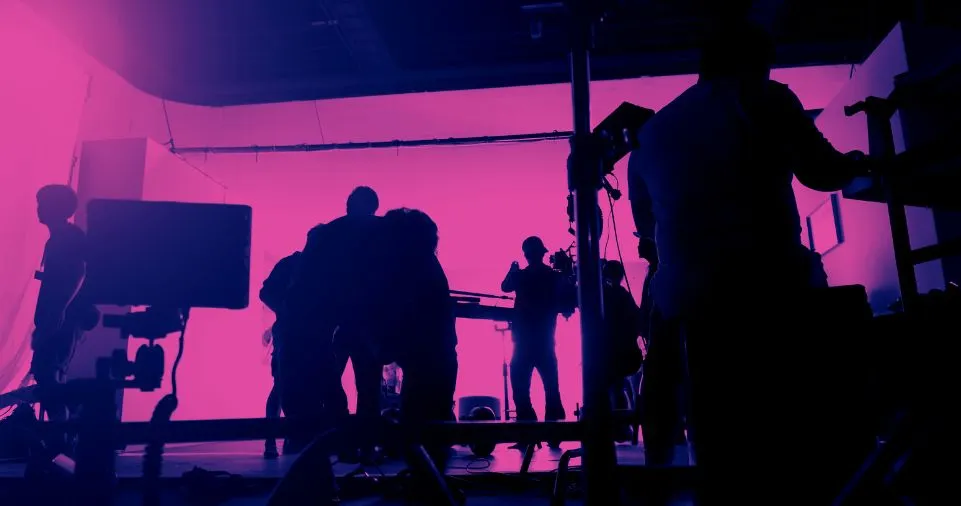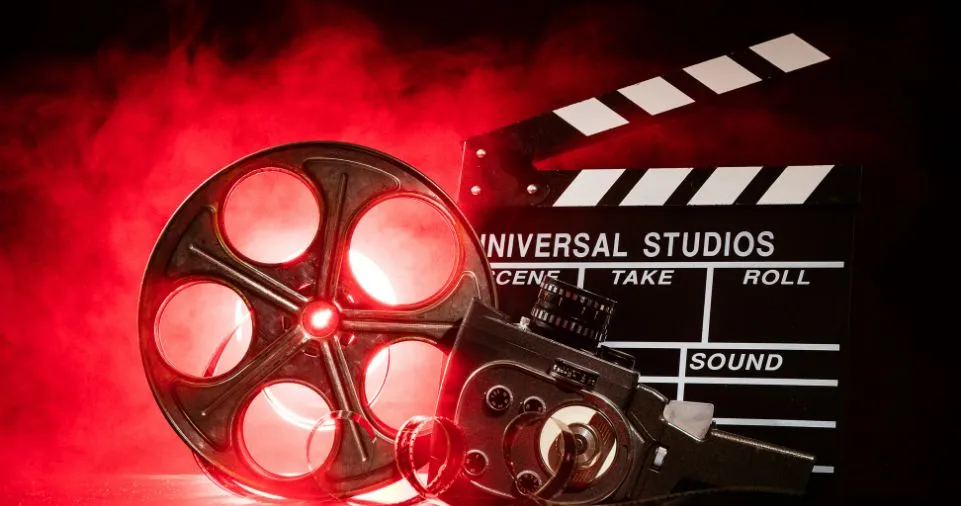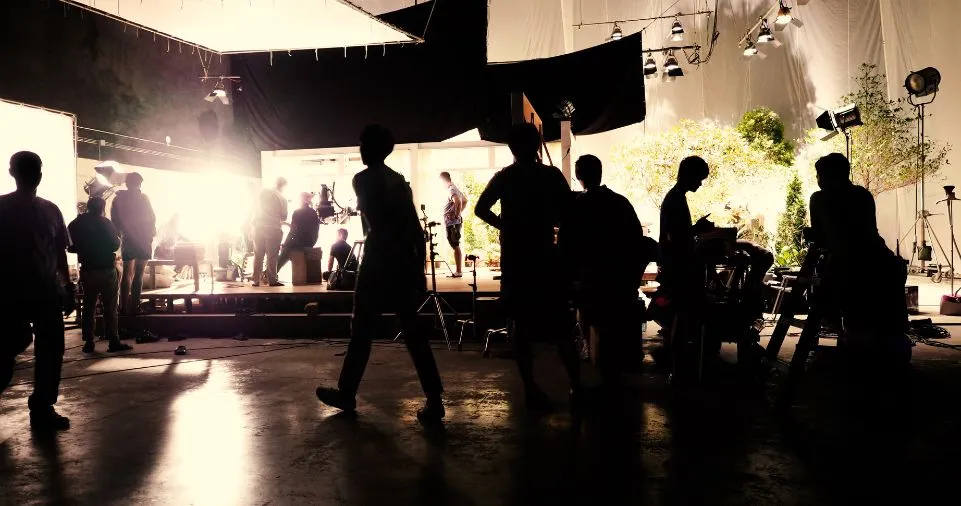In the world of classic horror cinema, the 1982 film Poltergeist is regarded as a spine-chilling masterpiece.
Table of contents
- The Enigmatic Tymoff Connection
- What is the controversy about “The 1982 movie Poltergeist used real skeletons as – tymoff”?
- The Legacy of Poltergeists
- Impact on Cast and Crew
- Legal Ramifications
- The Cinematic Landscape of the Eighties
- Public Perception
- Tymoff Mystery
- Debunking Myths
- Historical Accuracy
- Ethical Dimension
- Archival Evidence
- The Art of Filmmaking
- Closing the Chapter
- Final Verdict
- Epilogue
A murky discovery has emerged in recent discussions: the purported use of actual skeletons during production, often known as “the 1982 movie Poltergeist used real skeletons as—tymoff.”
The Enigmatic Tymoff Connection
The strange word “tymoff” is inextricably linked to the debate. Discovering the truth behind this problem is critical for both fans and film historians.
What is the controversy about “The 1982 movie Poltergeist used real skeletons as – tymoff”?
For years, rumors have persisted that actual human bones were used in the renowned swimming pool scene. We go into the heart of the dispute, investigating the claim’s roots and legitimacy.
The Allegations
The central assertion is that, owing to financial concerns, the filmmakers used genuine bones rather than fabricated props. If accurate, this surprising discovery adds a chilling element to an already unsettling picture.
Behind The Scenes
To understand the severity of these charges, take a backstage tour of the film’s production. Exploring the choices taken throughout the shooting process reveals if such a cost-cutting option was feasible.

Budget Constraints
Film productions sometimes experience financial issues, but did the creators of “Poltergeist” genuinely go to such extreme lengths to keep inside budget? We analyze the economic environment of the film business in the early 1980s.
Skeletons in Closet
The art of special effects and prop fabrication is an essential part of filmmaking. Unraveling the methodologies used by the special effects team during production helps us discern reality from fantasy.
Swimming Pool Scene
The legendary swimming pool scene is at the center of the issue. Analyzing the complexities of this sequence, we examine the factors that generated conjecture about the use of genuine bones.
Expert Opinions
To verify the claims, we consult with industry experts and people involved in the filmmaking process. Their findings provide a varied view on whether the use of actual bones was a viable option.
Historical Context
Placing the debate in a larger historical perspective, we look at previous cases in the film business where unusual tactics were used owing to financial restrictions. Does the history of film corroborate or refute the “Poltergeist” claims?
The Legacy of Poltergeists
Despite the controversies, “Poltergeist” has left a lasting impression on the horror genre. We reflect on the film’s lasting significance and how the controversy has influenced its image over time.
Impact on Cast and Crew
If the allegation about utilizing actual bones is genuine, it will indeed have ramifications for the actors and staff involved. Investigating their emotions and replies brings a human element to this movie enigma.
Legal Ramifications
Were there any legal ramifications for the reported use of actual bones in “Poltergeist”? Navigating the legal minefield of filming methods, we investigate if the filmmakers experienced any penalties.
The Cinematic Landscape of the Eighties
A complete critique requires an understanding of 1980s cinematic methods and standards. Did the time’s filming conventions make using genuine skeletons a viable option?
Public Perception
How did the audience respond to the dispute when it initially began, and how has public opinion changed over time? Examining media coverage and audience responses offers a comprehensive perspective.
Tymoff Mystery
Returning to the enigmatic word “tymoff,” we look into its origins and importance in the context of the issue. Could it contain the key to discovering the truth about the use of genuine skeletons?
Debunking Myths
We dispel common fallacies about the “Poltergeist” dispute by distinguishing between reality and fiction. Addressing frequent misunderstandings leads to a better understanding of the events that occurred.
Historical Accuracy
We must maintain historical accuracy throughout our investigation. Cross-referencing narratives and timeframes, we aim to offer a genuine story that can withstand examination.
Ethical Dimension
Even if using genuine bones was a cost-cutting tactic, it raises ethical concerns regarding the use of human remains in the film business. Exploring the ethical issues adds complexity to the continuing discussion.
Archival Evidence
We search historical materials, including production documents, interviews, and behind-the-scenes films, for information that either supports or refutes the contentious assertions.
The Art of Filmmaking
While the debate may obscure the creative genius of “Poltergeist,” we take a minute to recognize the film’s contribution to the horror genre. Separating the art from the debate, we appreciate the skill involved.

Closing the Chapter
As we reach the end of our investigation into the “Poltergeist” dispute, we consider the implications of such findings on the more significant cinema industry and its persistent love of the macabre.
Also Read:
Final Verdict
In the absence of definitive proof, the issue of whether “the 1982 movie Poltergeist used real skeletons as – tymoff” remains a fascinating mystery. Our investigation has shed light on numerous aspects of this dispute, enabling readers to reach their judgments.
Epilogue
The legacy of “Poltergeist” lives on, both as a cinematic jewel and as a perplexing mystery that continues to capture the minds of film fans. The echoes of the purported skeleton issue reverberate throughout cinematic history, guaranteeing that Tymoff’s riddles live on.

